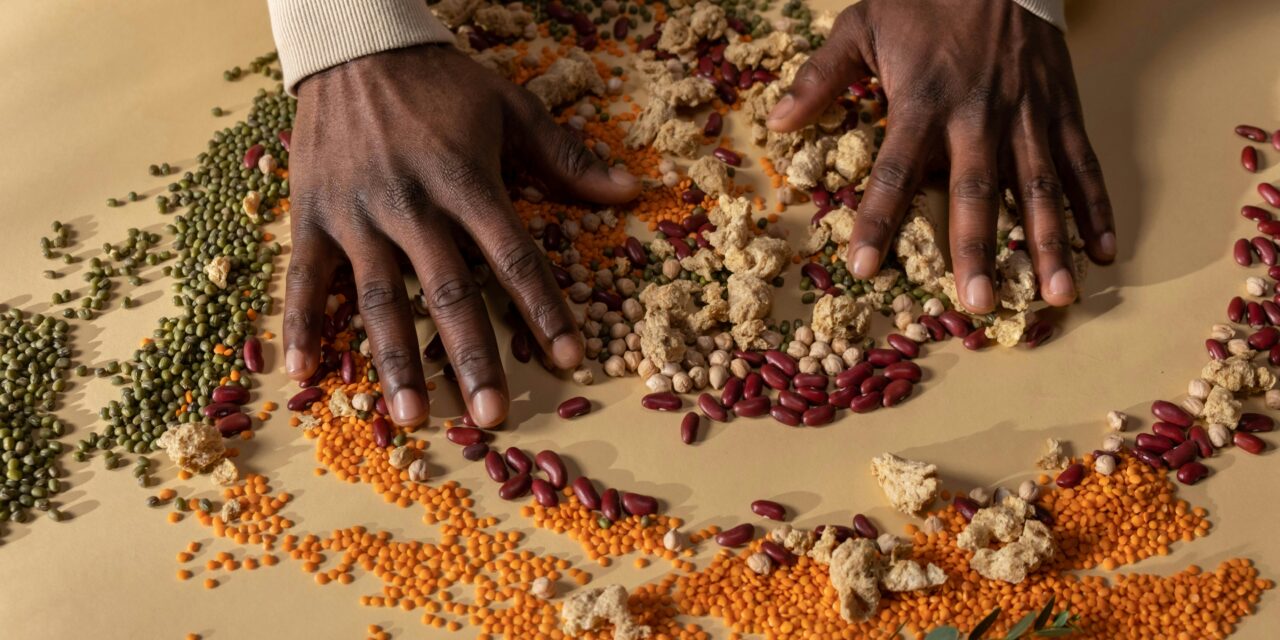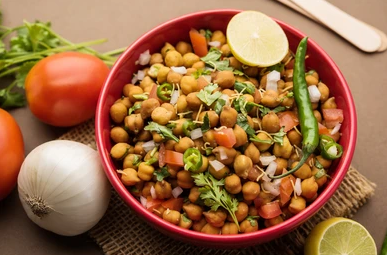Introduction
The days of thinking that protein could only be found in meat, dairy, and eggs are long gone. Pulses can be a wonderful, high-protein ally if you’re on a plant-based diet, are a vegetarian or vegan, or just want to eat more vegetables overall. There are several options available, ranging from black beans and peas to lentils and chickpeas. This piece delves into the world of pulses, highlighting the types that are great sources of protein.
Protein-rich Pulses
Whether you fancy beans, lentils, soy, or chickpeas, pulses are the champions of high protein. Not only do they give you a good amount of protein, including those important nine essential amino acids, but they also bring along necessary vitamins, minerals, fiber, and a bunch of health and environmental benefits. So, why not add some variety to your meals and try different pulses?
| pulses | Protein Content per 100g |
| Split And Skinned Green Gram ( Moong Dhuli ) | 24 g |
| Red Lentils ( Dal Musar ) | 18 g |
| Split Bengal Gram ( Chana Dal ) | 17 g |
| Pigeon Peas (Arhar) | 16 g |
| Chickpeas / Black Chickpeas (Kala chana) | 15 g |
| Red kidney beans | 15 g |
| Green gram ( moong Sabut ) | 14 g |
| Black Gran ( Dal Maash/ Urad Sabut) | 13 g |
1. Split And Skinned Green Gram ( Moong Dhuli )
One cup of split green gram contains approximately 24 grams of protein.
Split and skinned green gram, also called moong dhuli, is a small oval pulse made by peeling the outer skin from green gram. Even though it’s tiny, it’s a powerhouse of protein, making it a top choice for plant-based protein. It’s a great meat substitute. Plus, moong dhuli is packed with important nutrients like phosphorus, manganese, iron, zinc, vitamins, and antioxidants, which all contribute to its health benefits.
2. Red Lentils ( Dal Musar )
One cup of cooked red lentils typically contains around 18 grams of protein.
Red lentils, also known as masoor Malka, are lens-shaped pulses rich in protein, even more so than some other pulses. They also contain magnesium, fiber, and folate, which promote heart health. Red lentils are high in vitamin B9, enhancing brain development and reducing the risk of deformities in fetuses. They’re also a great source of iron, with one cup providing most of the daily requirements for an adult. Garni Malka Masoor is a natural and uncooked dal packaged in high-quality materials to maintain its freshness.
3. Split Bengal Gram ( Chana Dal )
One cup of chana dal typically contains around 17 grams of protein.
Split Bengal gram is a tasty and nutritious pulse. A cup of chana dal can give you about 33% of your daily protein needs. It’s commonly used with other pulses to make various types of dal, a popular dish in Indian cuisine. Combining different pulses in a dish boosts its protein content, making chana dal even more beneficial. Chana dal is commonly used in Indian cooking and mixed with other pulses to create different dals. Mixing pulses adds more protein to dishes, making chana dal even healthier.
4. Pigeon Peas (Arhar)
One cup of pigeon peas typically contains around 16 grams of protein.
Pigeon pea, also known as arhar, is a widely used pulse rich in protein and round shape. Besides being a food, it’s also used in Chinese and Panamanian folk medicine to stop bleeding, relieve pain, kill parasites, and treat diabetes. Pigeon pea offers several health benefits, including being easier to digest than other pulses, aiding in weight loss, and helping with anemia.
5. Chickpeas / Black Chickpeas (Kala chana)
One cup of chickpeas typically contains 15 grams of protein.
Chickpeas are rich in protein, fiber, and good fats. They support weight management and blood sugar regulation. Cooking makes chickpeas tender and easy to eat. Whether you’re snacking on crunchy roasted chickpeas, tossing them into salads, or blending them into a creamy hummus, chickpeas are your tasty and protein-packed companions for a delightful treat!
Black chickpeas, also known as kala chana, are packed with protein, iron, carbohydrates, fiber, vitamins, phosphorus, and manganese. Their slightly tougher exterior and soft interior make them a delightful addition to Indian dals, deserving more recognition. Garni Desi Chana is a completely natural and uncooked dal packaged in high-quality materials to maintain its freshness and quality. It’s a perfect option for nutritious and tasty meals!
6. Red kidney beans
One cup of rajma typically contains around 15 grams of protein.
Red kidney beans, also known as rajma, are red and kidney-shaped. They are used to make a famous North Indian dish called rajma chawal. These beans are packed with fiber and carbs and are a good source of protein. They’re known for their delicious taste and buttery texture when cooked perfectly. Garni Rajma Chitra is a natural and uncooked bean packed in top-quality packaging to keep it fresh. It’s a fantastic choice for your pantry, ensuring delicious and nutritious meals!
7. Green gram ( moong Sabut )
One cup of green gram contains approximately 14 grams of protein.
Green gram, also known as moong sabut, is oval-shaped and larger than other pulses. Green gram is a jackpot of health benefits and is packed with essential nutrients and antioxidants. Regarded as one of the healthiest pulses, it can help manage diabetes, reduce blood pressure, lower the risk of heart disease, and even offer some protection against cancer. In Ayurveda, it’s hailed as the “Queen of Pulses” due to its abundance of health-promoting properties.
8. Black Gran ( Dal Maash/ Urad Sabut)
One cup of black gram typically contains around 13 grams of protein.
Black gram, also known as urad sabut, originates from India and is a versatile pulse widely used in Indian cuisine. It is a key ingredient in dal and various types of Indian curries, and in some regions, it’s even used to make bread. Black gram offers numerous benefits, including being rich in potassium, fiber, and magnesium, which contribute to improved cardiovascular health.
Conclusion
In conclusion, pulses are a great source of protein and are perfect if you’re eating more plants or trying to get more protein. They come in different types like black beans, lentils, and chickpeas. Plus, they’re packed with fiber, vitamins, and minerals, not just protein. By adding pulses to your meals, you get yummy flavors and help both the environment and your health. So, why not add some pulses to your plate and enjoy their nutritious benefits?













Recent Comments